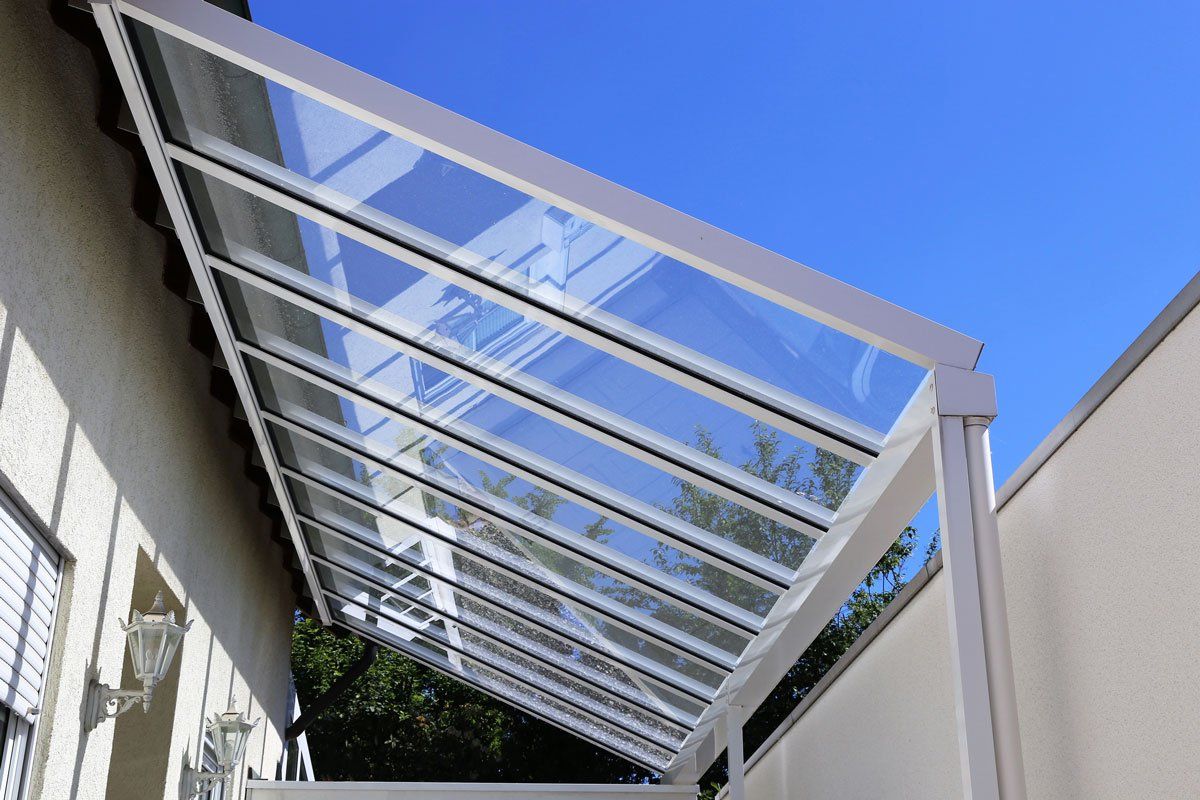Keeping Your Patio Cool With Awnings
- By Admin
- •
- 21 Apr, 2022

The Florida sun can be tough to take even when it's not very hot out. The bright light and the humidity can combine to make days rather uncomfortable.
You can't do much about humidity when you're outside, but you can do something about the light and heat. Adding an awning to your home, over the patio, gives you a cool place to retreat to where you don't have to worry about sunburn or too much heat.
Awnings for Shade and Glare
When you stop direct sunlight from hitting your patio furniture and the concrete, you end up with a cooler patio. You create shade that blocks the heat and light from reaching anything underneath.
In winter, heat isn't such an issue, but glare can be. If you want to sit out on the patio but don't want to squint in the direct sunlight, the awning will block that light.
Awnings also provide shade that keeps your home a bit cooler, and they also reduce glare. By limiting the amount of direct sunlight that enters your home through the windows, the air inside your home can remain cooler.
Awnings and Your Trees
Awnings block direct sunlight until the sun gets lower in the sky as it sets. In summer, that means the pre-sunset hours can get very warm on the patio. If you plant fast-growing trees, however, those could act as an additional shield against direct light.
You do have to be sure you can care for the trees properly. Old branches can drop onto the awning if you don't trim the branches back. Leaves can also end up on the awning, creating a mess. Even if the structure of the awning isn't affected, the leaves just look bad. Luckily, you can easily solve the leaf: just brush off the awning occasionally with a long-handled brush.
Awnings or Tents or Pergolas
Awnings require installation on the house, so if you're not keen on arranging for that, you should consider if a house-adjacent tent or pergola be better. If you're absolutely not able to attach anything to the house (e.g., you're in a rental), then a standalone structure might be best. But for homeowners, the awning is the all-around winner.
Pergolas, especially when vine-covered, are very pretty. But those vines require care, and the pergola can be susceptible to fungal problems from the vines. Plus, they don't block out all direct light. Tents can be awkward to set up, and you'd have to remove the tent any time there were strong winds.
One great advantage of awnings is that they can be retractable. If a storm is coming in, retract the awning so it is flush against the house; when the storm is over, simply extend it again. With a pergola, you risk the structure being damaged because you can't move that out of harm's way. With a tent, you'd have to go through take-down and set-up repeatedly.
Awnings and Directions
Keep in mind that awnings have more of an effect when they're on certain sides of your house. You'll notice more cooling on patios on the south and west sides of your home. You can still cool a patio in summer on the north and east sides of your home, of course, especially when that awning blocks light from the midday sun overhead.
This is actually another good reason to look at retractable awnings. In summer, you'll want to block that direct light. In winter, however, you may want to have that light warm up the patio. A retractable awning would let you move the awning in on really cold days and then extend the awning again when the weather is warmer.
Your patio should be a nice place to sit, not a heat sink that makes you sweat. Call Sunstate Awning to find out more about awning styles and materials.
